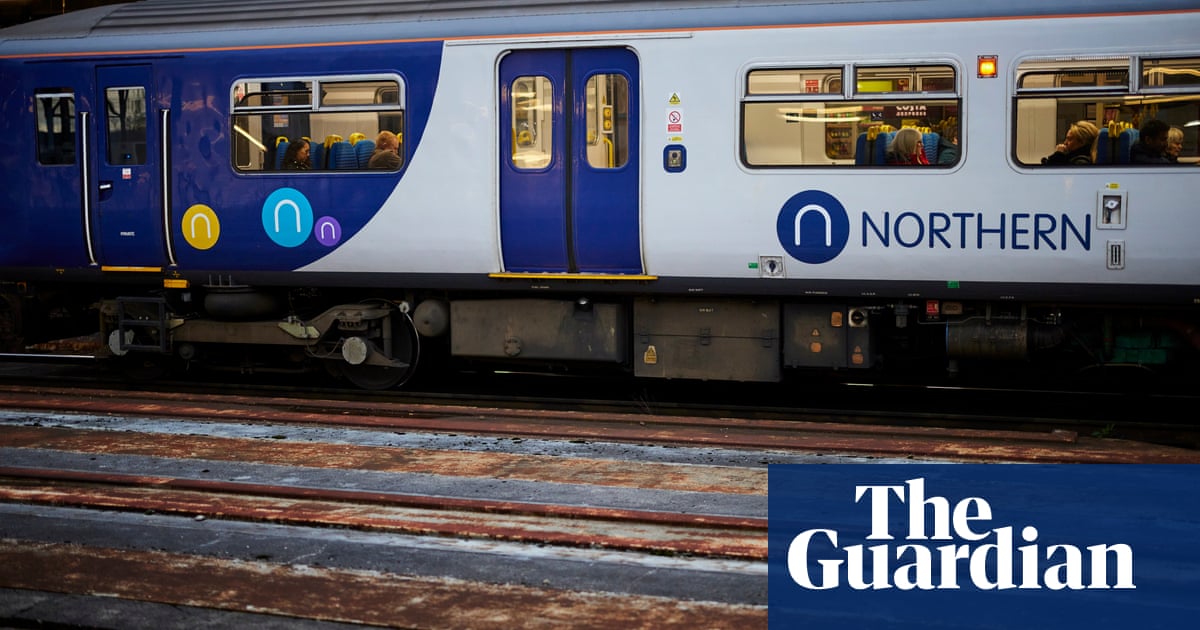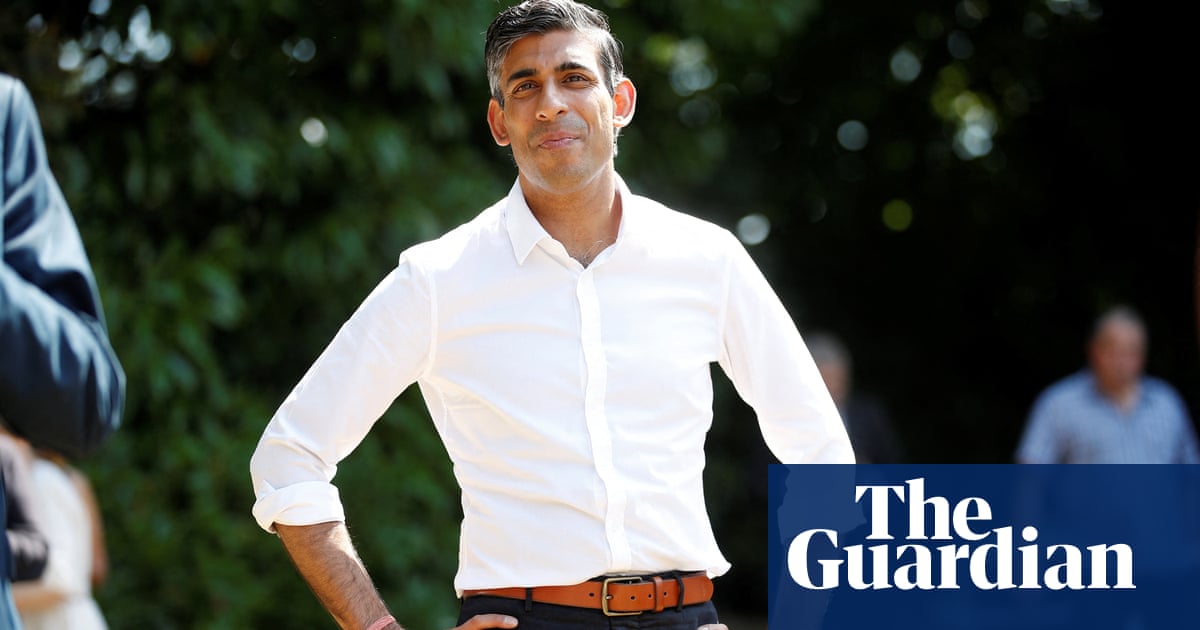
he pandemic has deepened many fissures in British society. The lack of capacity in our health service, and the life-and-death consequences of inequality: so much has been exposed in glaring relief. The fragility of the way the arts are run in Britain has likewise become crashingly obvious.
Last week the government announced a £1.57bn rescue package for UK theatres, heritage sites, museums, arts centres, independent cinemas, galleries and concert halls. This is probably just about sufficient, if spread carefully, to keep a national infrastructure alive. But the package of aid, which the government – in its reflexively and unattractively boosterish way – calls “world-leading”, is no magic bullet. There will be a long and difficult route ahead for arts companies, as they navigate an uncertain future of reduced audience capacity, potential second waves and further lockdowns, and a shaky sense of how soon the public will be willing to partake once more in mass gatherings in confined spaces.
The difficulties will be particularly intense for arts organisations that have found themselves manoeuvred into a Conservative-approved, post-austerity path of entrepreneurialism: relying on maxing out footfall or box-office returns, while running successful side businesses.
Take that hugely successful British brand, Tate. It has survived by running its flagship, Tate Modern, as a mass visitor attraction, operating at the very edge of its capacity – with 6 million visitors a year encouraged to spend their money in shops and bars, and on entry into blockbuster exhibitions. During a who-knows-how-long period of social distancing, maybe just a third of pre-Covid-19 visitors will come through the doors. Tourism is unlikely to recover for several years. Before the pandemic, 40% of those coming to the London Tates were from overseas. In short, all the assumptions on which Tate’s success has lately been based have been swept away by the pandemic.
Or take the National Theatre in London. Until the pandemic, it was earning 80% of its own income, made possible by filling its auditoriums to 90% of their capacity. A phalanx of profitable bars, cafes and restaurants supported the effort. It has been pushed to the edge by Covid-19. It’s hard to say which sector of the economy is in more difficulties: hospitality or the arts.
In continental Europe – say, Germany – recovery for prominent theatres will be much easier than for those in Britain. A more successful national response to the pandemic has provided the baseline. Then there is the fact that in many European countries a higher proportion of the costs of arts institutions – which are regarded as a civic good rather than some kind of vampiric drain on society – are shared among taxpayers, rather than left entirely exposed to the harsh winds of the market. So the hit taken by losing box-office receipts has been less severe than in the UK; and it means that playing to small, socially distant audiences will be just about financially bearable.
In addition, German theatres and opera houses often employ salaried artists – meaning an instantly available, local workforce that can get shows up and running in repertory with a minimum of preparation time.
Indeed, the fate of the British arts workforce in light of Covid-19 is revealing another flaw in the model. Britain has lately prided itself on its self-employed creatives – who are, theoretically, networked, competitive, independent and in charge of their own destinies. But right now those destinies look out of control. These freelance artists, actors, composers, musicians, technicians, stage managers, sound engineers – those who make the work that people pay to see – are deeply vulnerable.
The government rhetoric around the arts-support package is centred on institutions, while they, the makers of art, will be cut loose from the support scheme for the self-employed in August. The always uncertain relationship between institutions and artists – the hardware and the software of the creative field – is being strained as the interests of the two groups diverge. Financially, though certainly not from a public-purpose point of view, it makes sense for venue-based institutions to do as little as possible until better days arrive; but artists are aching to get back to work. Venues, even when they reopen, will need to cut overheads – bad news for creators.
The situation is particularly severe for the less well-established, whether because of age, race, geographical location, disability or background. The Black Lives Matter protests have thrown many arts institutions into a state somewhere between self-examination and sheer panic, but a period of shrinking budgets does not bode well for improving representation and diversity – words that themselves seem inadequate leftovers from a more complacent era.
A generational rift is also widening. Younger artists look to those who matured in the 1980s and 90s with increasing disdain and impatience, noting their easy wins – free higher education, cheapish property – and feeling increasingly resentful at having to make do with scraps from their elders’ table. The rapid expansion of higher education over the past 20 years has seen an oversupply of creative graduates compared with available opportunities, for everything from commercial gallery representation to teaching jobs. This generational gulf began to increase in the wake of the 2008 financial crisis, and could yawn perilously wide in a post-Covid-19 recession.
A recalibration is necessary. The government will need to recognise that the arts cannot snap back to February 2020 conditions, and a new kind of financial settlement will have to be made in chancellor Rishi Sunak’s autumn statement – one that reverses the post-2010 retreat of public funding from the arts. The way institutions’ success is judged will have to be rethought: footfall, never a particularly meaningful metric in isolation, is especially pointless now.
The delicate three-way relationship between institutions, artists and audiences is going to have to be renegotiated. How effectively organisations accommodate, nurture and reward the ambitions of artists, how skilfully they hand over authorial control to a decreasingly patient younger generation, will become more and more important. Those art forms that have relied on the constant circulation of people or objects across the globe will be well advised to use the hard stop brought about by Covid-19 as a prompt for a permanent revision, which is anyway urgently demanded by the climate crisis.
A smaller, more local public will have to be involved more deeply in their institutions. The relationship will need to be two-way. These audiences are going to be asked to make more and more financial contributions to cash-strapped organisations. In return they are going to need to feel closer to their local orchestra, museum or theatre, becoming collaborators in a common project rather than humble supplicants at cultural temples. None of this will be easy. But the cracks were already there. Now they are visible, it’s time to repair them.
Charlotte Higgins is the Guardian’s chief culture writer. She will chair a Guardian Live event, Culture in a Pandemic: What Is the Future of the Arts in Britain? on 11 August












